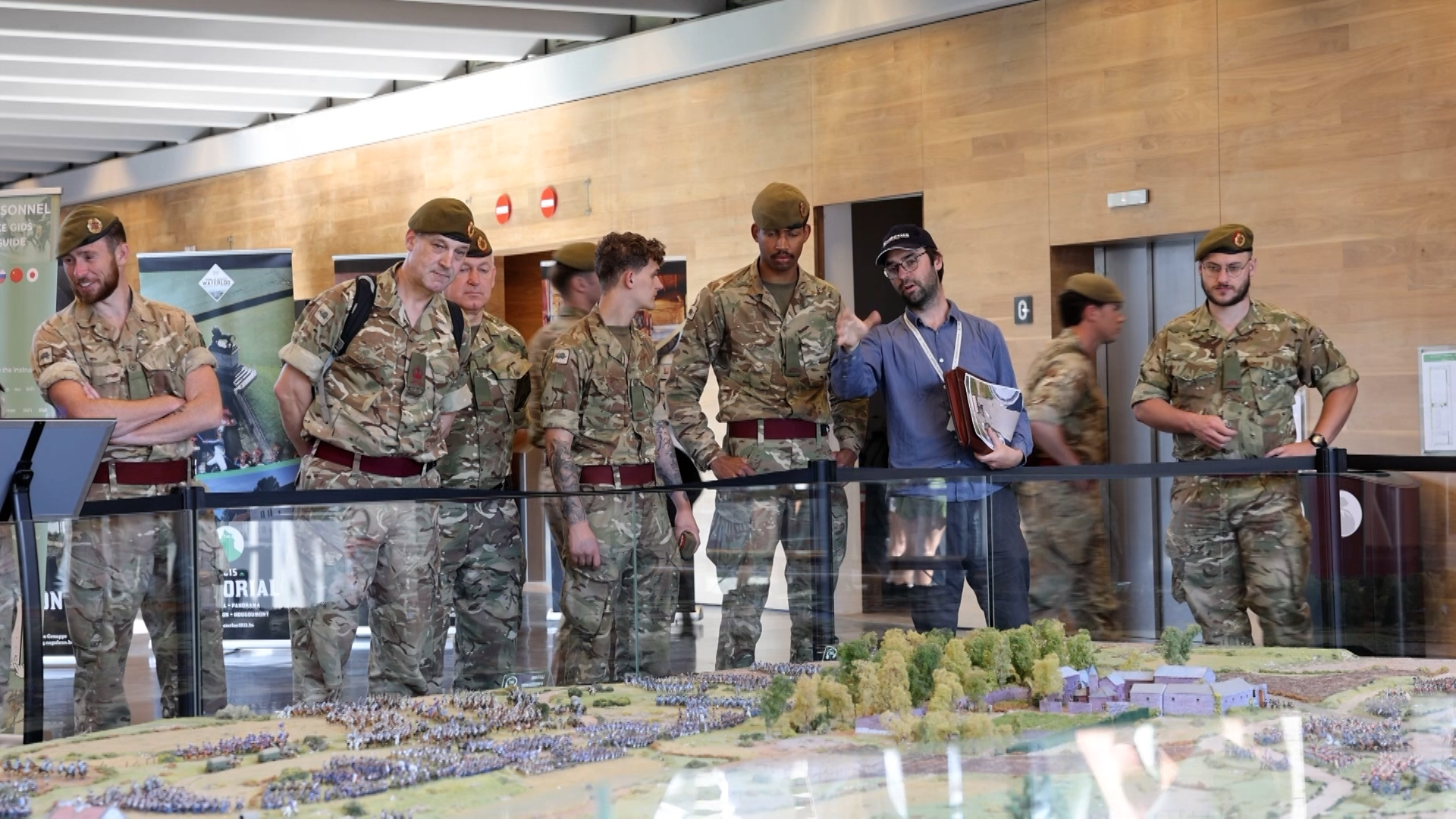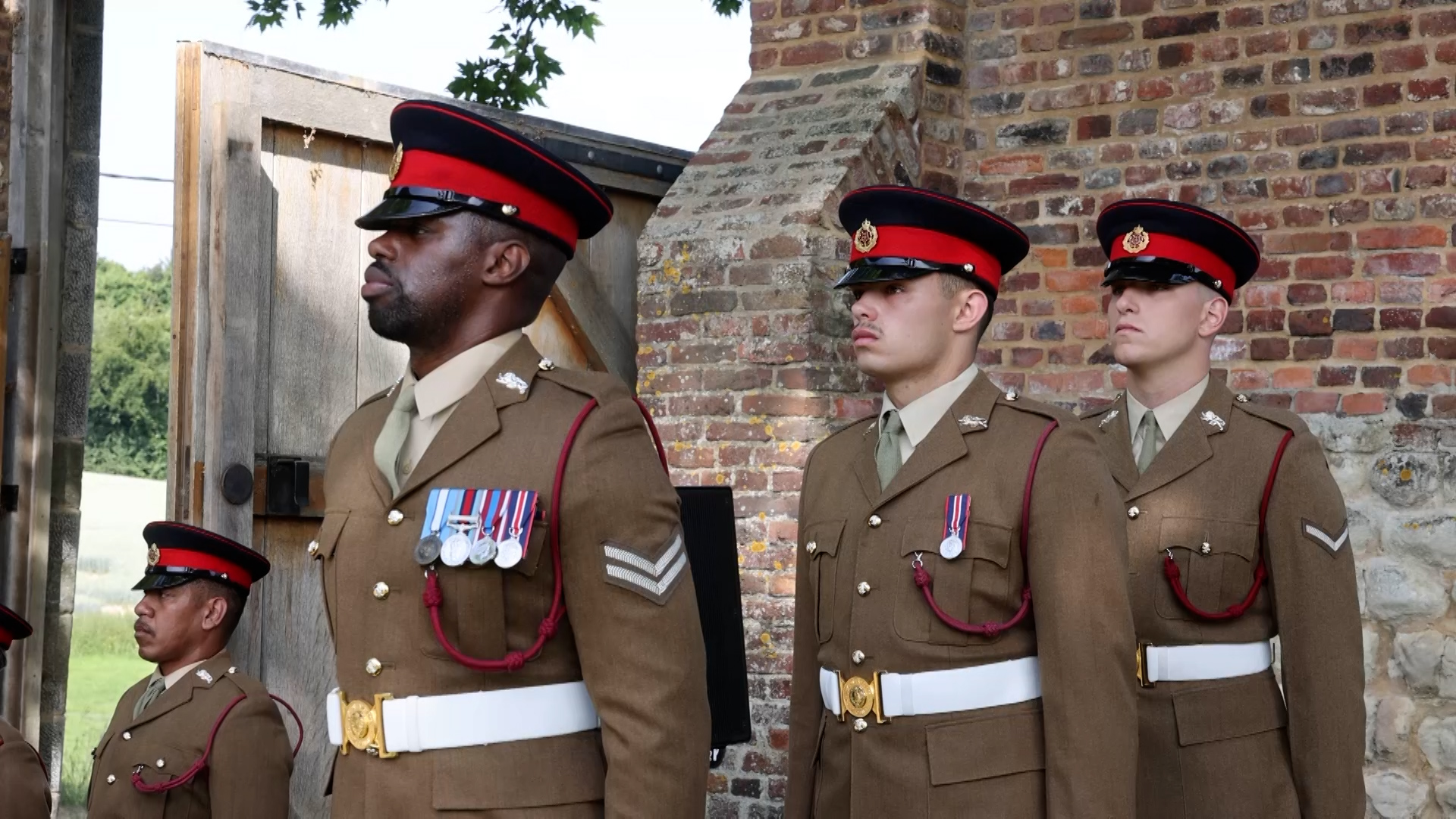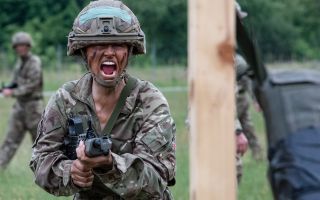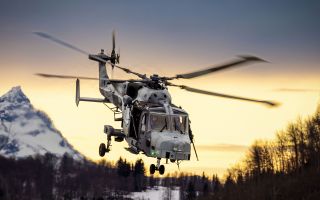Kingsmen retrace forebears' steps to learn the lessons of the Battle of Waterloo
Waterloo, one of the world's most significant battles, brought Europe decades of peace and marked the downfall of a leader idolised by some and feared by many.
Now, 210 years on, modern British soldiers are retracing the steps of their forebears and finding a few surprises along the way.
The Battle of Waterloo may seem like distant history, but for the soldiers of 1st Battalion The Duke of Lancaster's Regiment, who travelled to Belgium to learn more about it, it's clear that the past still has something to say to the present.
- Home front recognised as 1 Lancs soldiers get set to take up vital Nato duties
- Exclusive: Army divers prioritise training on waterway security and infrastructure
- On the frontline: British troops dig in just 35 miles from Russia in show of Nato strength
Officially, the Kingsmen are here to lead commemorations for the 210th anniversary of the battle, but they're also using the opportunity to get to grips with what soldiering looked like in the early 19th century.
Major Lance Morris, the OC of Burman Company, explained: "All of our soldiers that we have here today are absolute volunteers.
"They absolutely saw this as a golden opportunity to again learn something, be involved in something that is vastly different and again mark the rich history of our regiment.
"And this essentially is a real key opportunity for our soldiers to learn and to mark the rich heritage of our regiment with the anniversary of Waterloo."
We recently embedded with the same soldiers in another part of Europe, a location just like Waterloo, playing a current role in maintaining security on the continent.

In Estonia, just 35 miles away from the Russian border, they were building trench networks.
That's where we first met Kingsman Liam Barnes, who told us about life on Nato's frontline. A month later, we caught up with him again, this time on Lion's Mound - the memorial commemorating the allied victory at Waterloo.
When asked what his one takeaway from the visit was, he replied: "That we was outnumbered, and we still pretty much won the war. And Napoleon, he was like the best general and he still couldn't take Britain, so it's good."
This trip comes just weeks before 1 Lancs assumes its new role as Nato's strategic reserve force, a position that could see the soldiers urgently deployed back to Estonia if an incursion by a hostile state occurs.
And with that in mind, alongside their Waterloo-themed programme, the soldiers also received a briefing at Nato's Supreme Headquarters, situated not far from the battlefield itself.

Platoon commander Lieutenant Rhuari Staurt explained: "We've been on quite a busy cycle in the last six to eight months doing the dig, dig, dig [building trenches and fortified positions in the field in Estonia].
"But we are now in a slightly quieter period, and it's a point where we can actually go and explore and learn about other things that are equally important to the regiment, such as the regimental history with Waterloo."
But what are the actual links between then and now?
"The Battle of Waterloo is seen as one of the most iconic battles, not only in a European context, but also about working as a coalition," said Maj Morris.
"The Battle of Waterloo saw many of the British forces under the Duke of Wellington operating with the Dutch, with the German forces in Hanover and also the Prussian forces.
"And so whilst they could be seen as some broad linkages, they still today operate in very, very similar environments with similar relationships, coalitions and alliances, as was happening 210 years ago."









